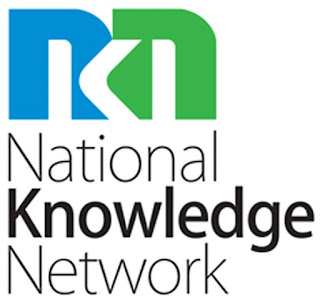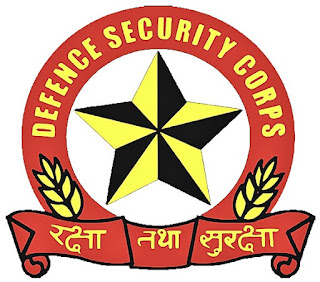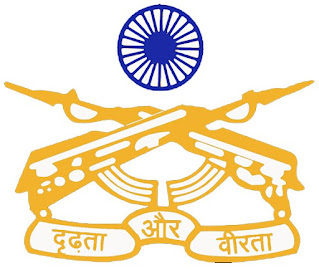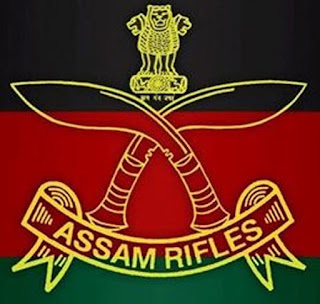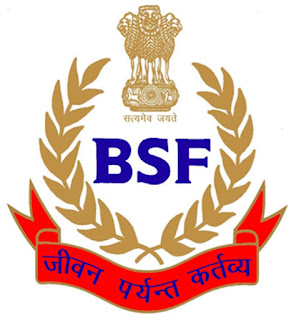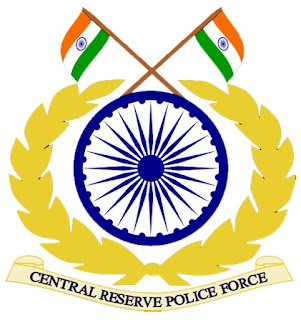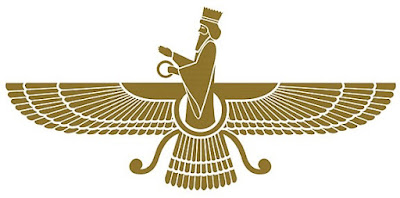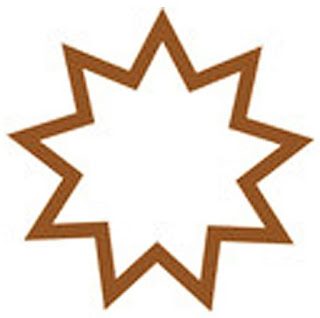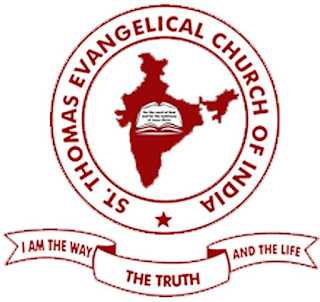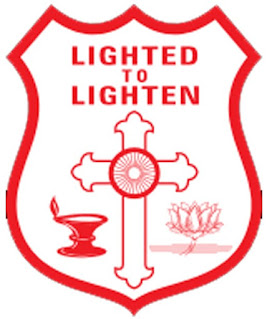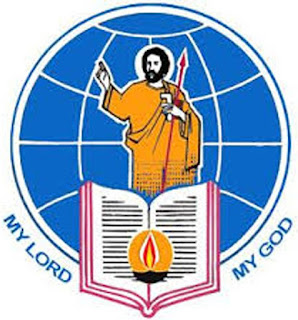SKILL INDIA

SKILL INDIA Initiated with an objective to train more than 40 crore people in India in different skills by 2022, Skill India campaign was launched on 15th July 2015. This comprehensive campaign encompasses various government initiatives such as the National Skill Development Mission, National Policy for Skill Development and Entrepreneurship, 2015, Pradhan Mantri Kaushal Vikas Yojana (PMKVY) and Skill Loan Scheme. The Skill India logo depicts a clenched hand, in which a spanner and pencil are firmly held. This depicts the empowerment through skills. The spanner, a universal tool, symbolizes the role that skill plays in unlocking the human potential whereas the pencil represents the general education. The juxtaposition of pencil and spanner put skills and general education at par. The rising sun behind the spanner and pencil represents the rise of India as a nation with the use of skills and education. The logo is placed on the computer screen highlighting Skill India as a gateway to jo
